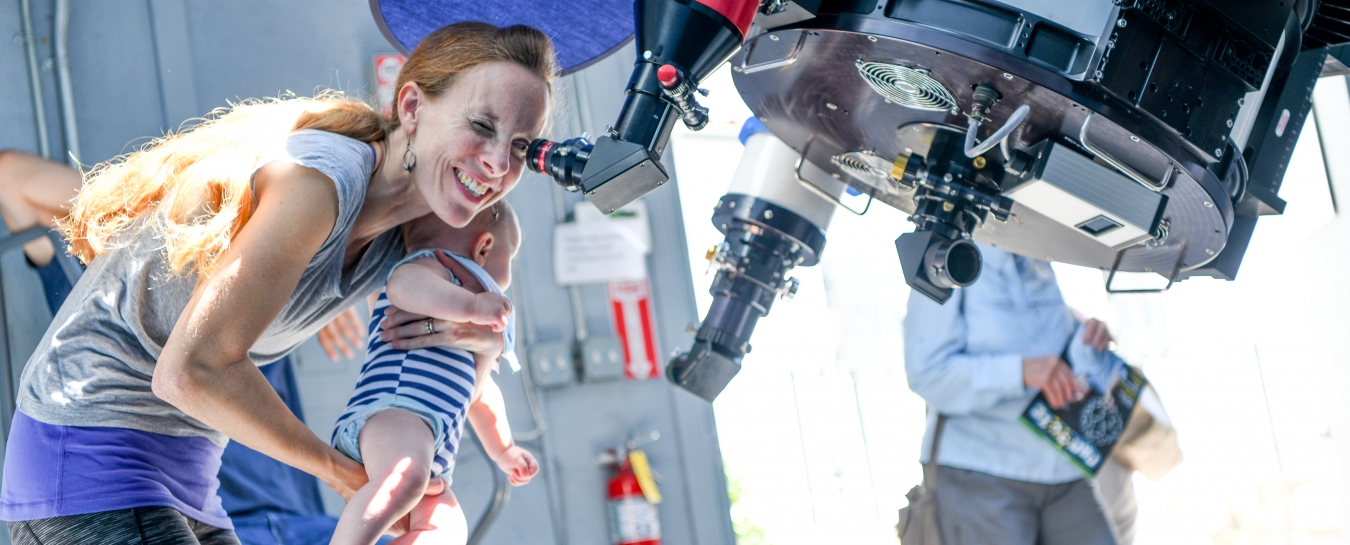
Astronomy Programs
Check out the wide array of offerings from our Education Division’s Astronomy Programs. Explore our calendar for free Star Parties, astronomy talks, Members-only planetarium events, and more!
Alien Worlds Course
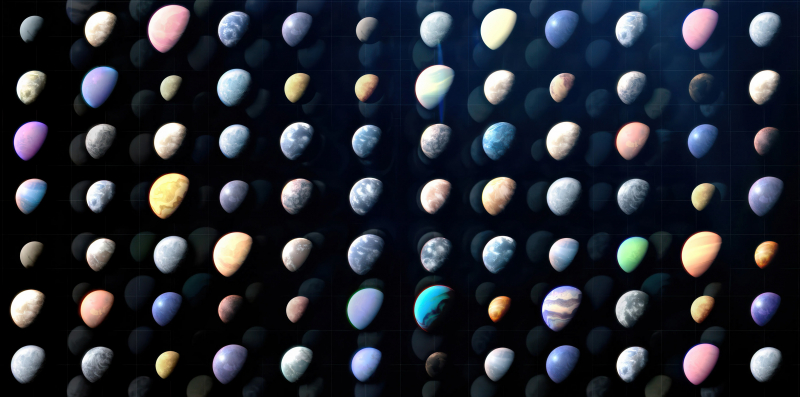
Artist’s concept of exoplanets by NASA’s Goddard Space Flight Center
Since their initial discovery 30 years ago, exoplanets have revolutionized our ideas of what other solar systems are like. From worlds that rain glass to potential water worlds, recent findings keep surprising scientists. Join NASA Solar System Ambassador Krissie Cook to explore how next-generation instruments like the James Webb Space Telescope are making groundbreaking discoveries about far-off solar systems, and what the latest findings from spacecraft in our solar system are teaching us about the planets and moons closer to home. With new images and data released weekly, you'll stay on the cutting edge of the latest science coming from space. Experience this tour of alien worlds in the startling clarity and detail of the Museum’s state-of-the-art planetarium. Check out the course details and sign up here.
Space Sciences Exhibit
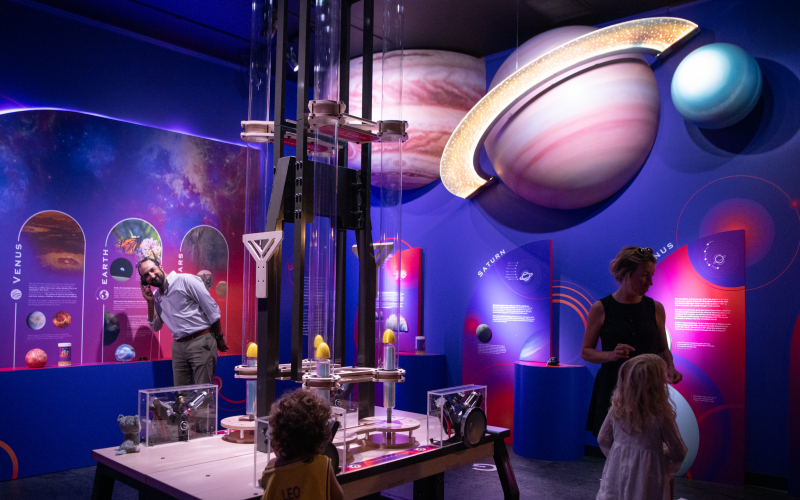
Space Sciences reopened with a totally updated exhibit in summer 2025. Plan your visit to coordinate with daily planetarium shows or join us at the observatory for scheduled solar viewings.
Gladwin Planetarium
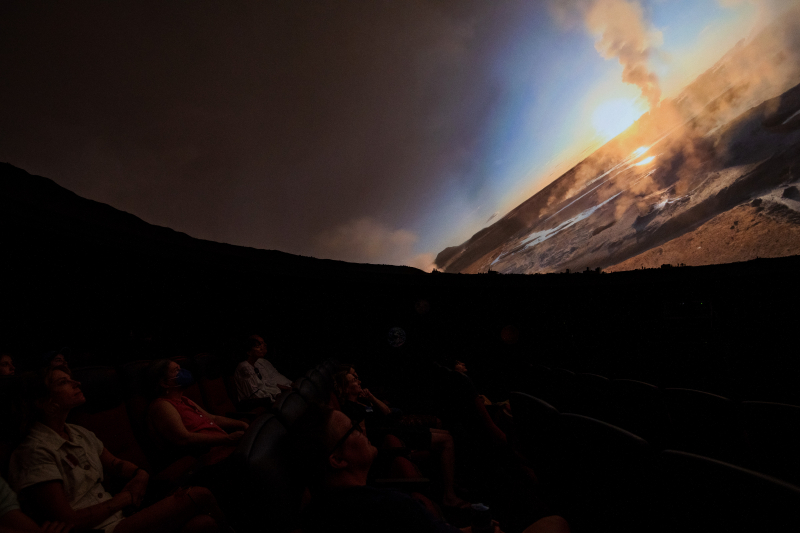
Inside our theater, the stars are always out. Our expert presenters are ready to answer your questions during interactive live presentations. Get to know the stars of Santa Barbara, the universe, and the wonders of space. Our Evans & Sutherland Digistar 7 dual-projection system with 4K resolution allows us to provide exciting, immersive educational adventures. Check out our schedule of planetarium shows as you plan your visit.
Palmer Observatory
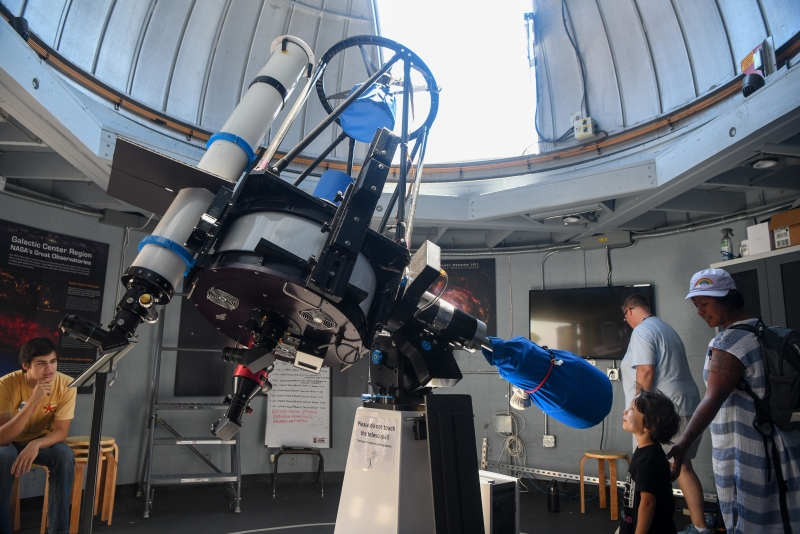
The round white building near the Museum Backyard is an observatory equipped with an excellent telescope. The Palmer Observatory opens for special events and programming. It’s the centerpiece of all our Star Parties, and an exciting bonus to daytime visits if staff or volunteers are available to offer safe views of the Sun.
Star Parties
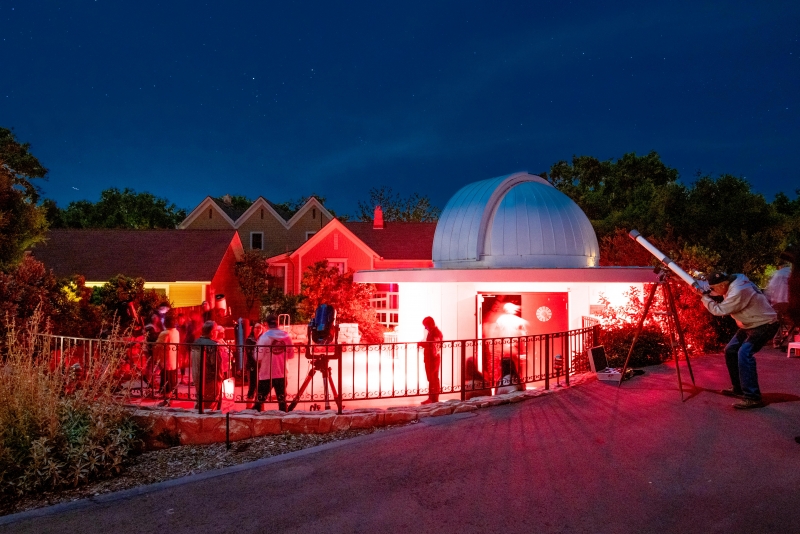
On the second Saturday of each month from dusk to 10:00 PM, the Museum hosts a free Star Party organized with the local astronomy club, the Santa Barbara Astronomical Unit. Come learn about the night sky with us! Check for Star Party details on our calendar.
Astronomy School Programs
Our school field trip programs at the Museum include a live planetarium show, while meeting Next Generation Science Standards. Check out the menu of field trip programs here.
Is this a meteorite?
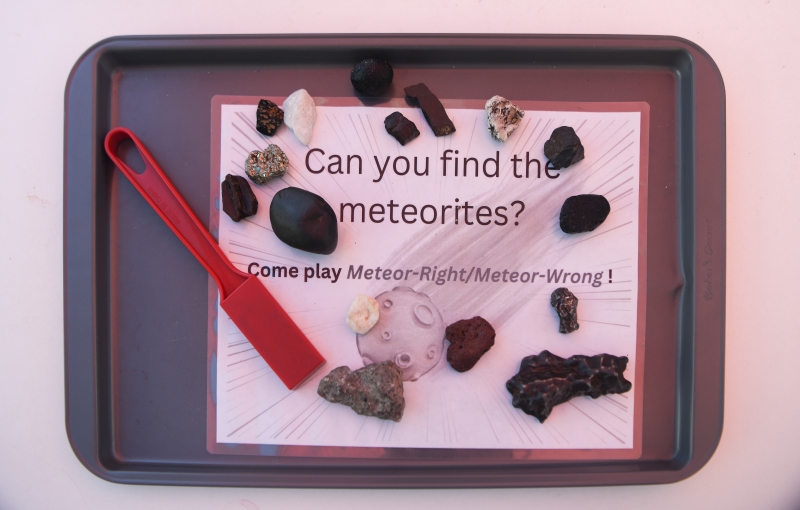
We love to share a meteorite guessing game and pass around some meteorites as our astronomy events! Unfortunately, our staff don’t have time to evaluate all the “meteowrongs” that are brought to us. If you think you have a meteorite, you can learn more from meteorite experts. Run your specimen through the flowchart of tests on this page created by meteorite experts to determine if you should contact those experts.
James Webb Space Telescope
Three experts at the Museum explain what you're looking at in the first images from the James Webb Space Telescope.


